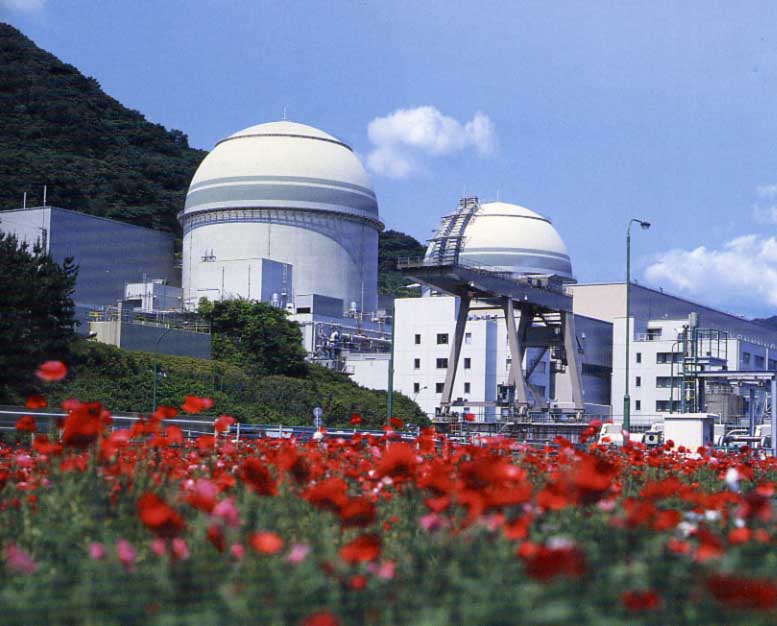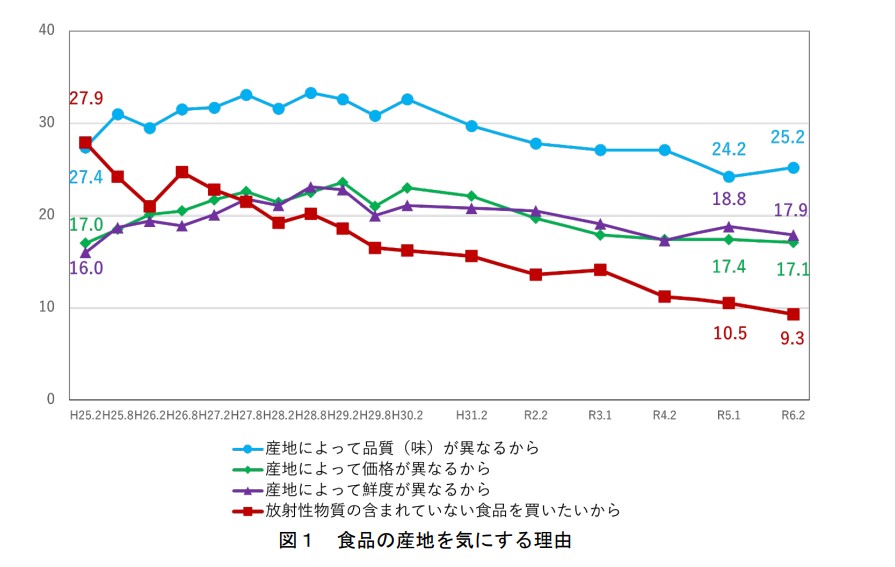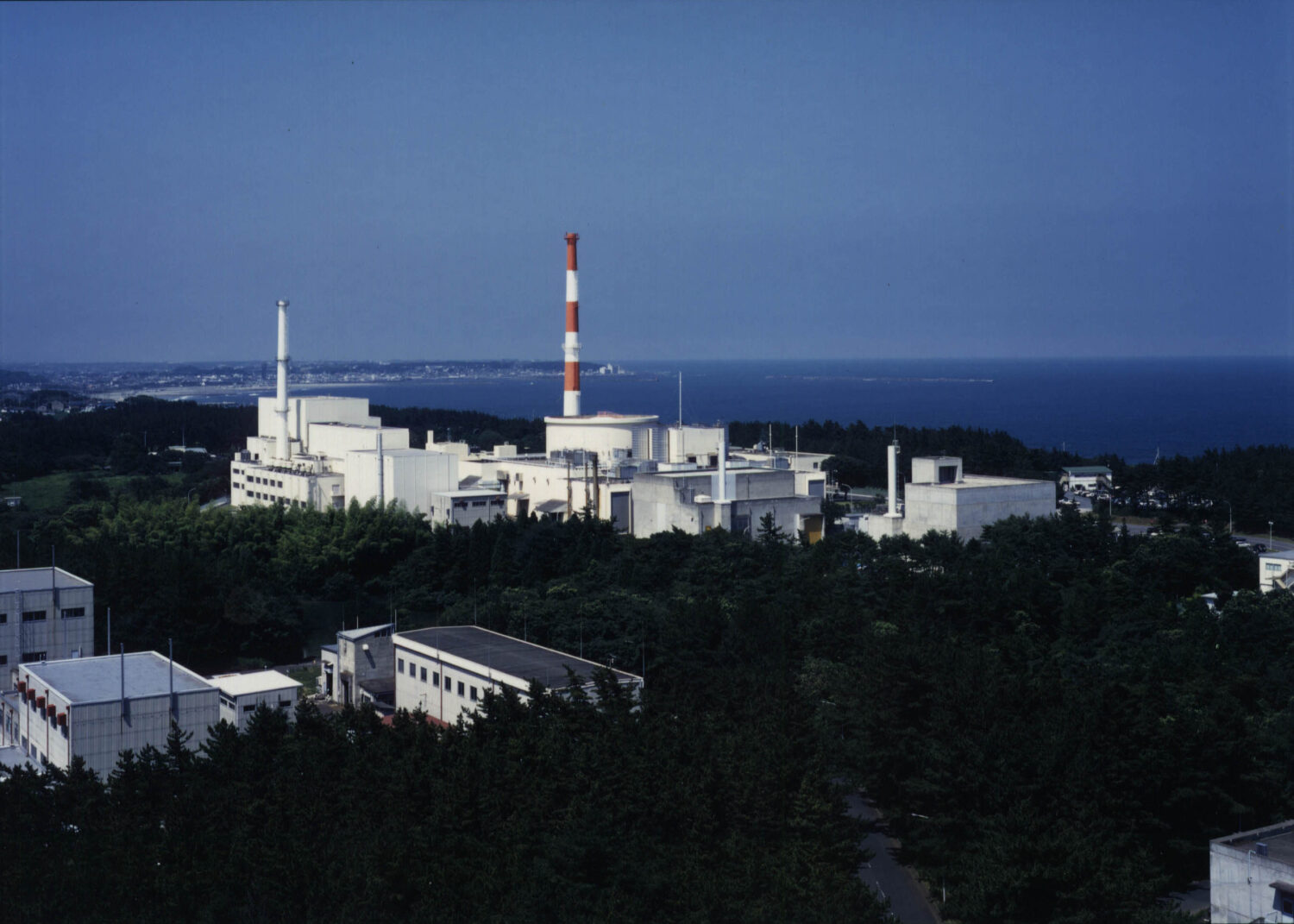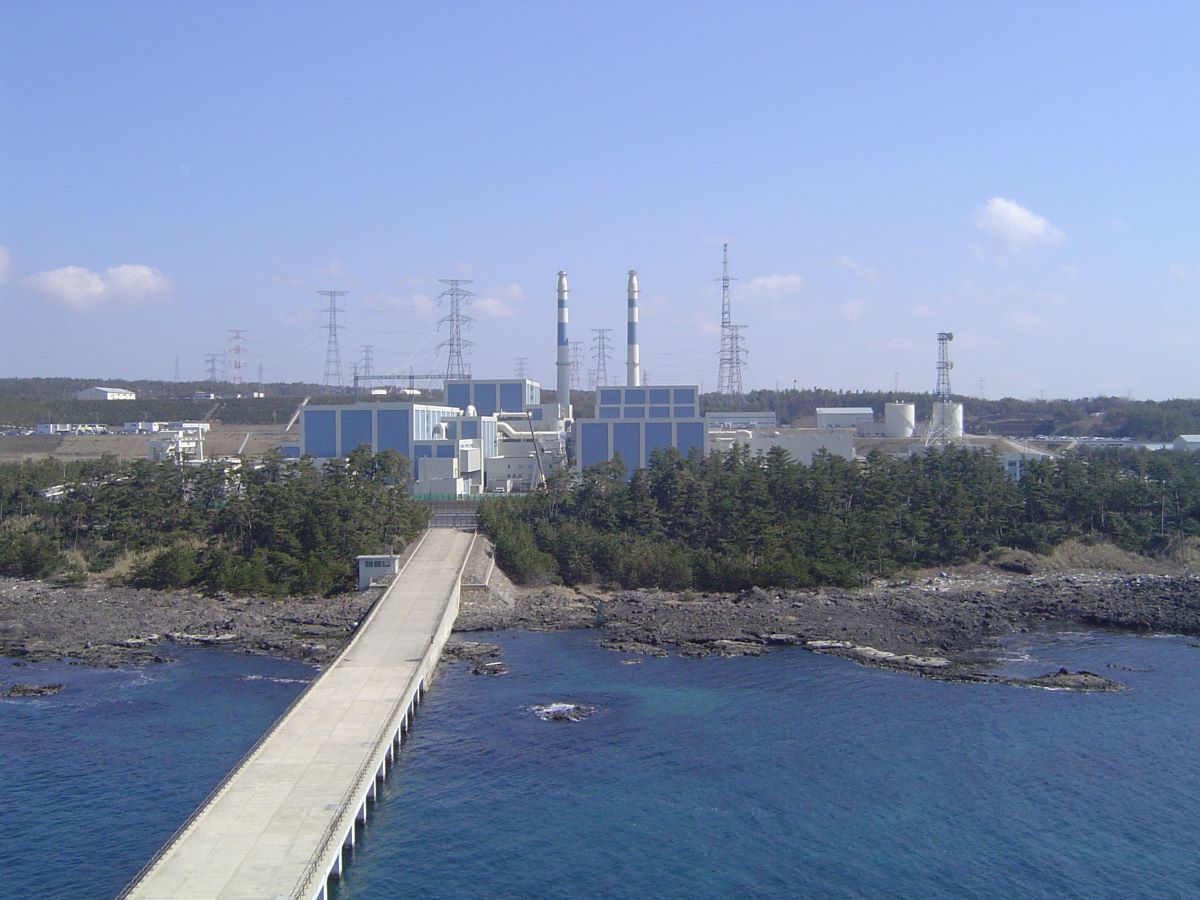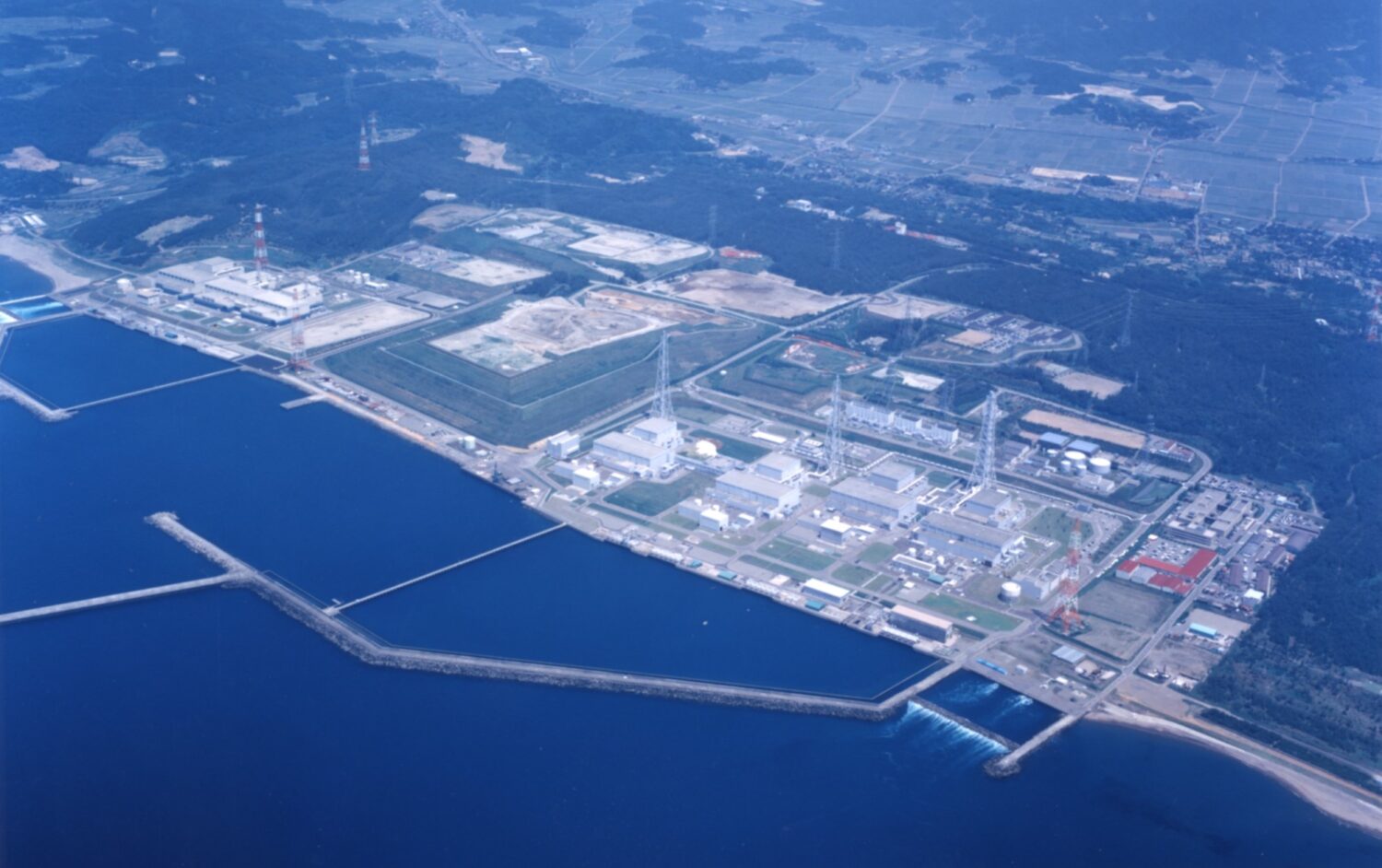At 31 of the approximately 3,000 high integrity containers (HICs) for storage of slurry, integrated absorbed doses of radiation exceed the upper limit of 5,000kGy, and the number is expected to rise to 56 such HICs in another two years or so. The Tokyo Electric Power Co. (TEPCO) plans to begin transferring slurry from the 31 HICs to different ones in August.
Because prompt transfer is now required, the Secretariat of the Nuclear Regulation Authority (NRA) determined that procedures for changing the implementation plan would not be required. Around January 2023, TEPCO will start operating a stabilization treatment facility for dewatering and solidifying the slurry.
On June 7, the Atomic Energy Society of Japan (AESJ) described the release of Fukushima Daiichi’s ALPS-treated water into the sea as “feasible and the least risky choice,” calling for it to be implemented promptly. It then emphasized the importance of avoiding delays in reconstruction work. Priority should be placed, it said, on smooth progress in decommissioning, and on rebuilding local industries and communities.
As to the risk of damage from unfounded fears and rumors, it said that the sharing of data and environmental analyses had to be transparent, adding that a mechanism to “reflect local opinions properly” was also necessary.
In an effort to obtain appropriate public understanding on the offshore release of ALPS-treated water, TEPCO has digitalized an informational pamphlet, entitled “About Tritium.” In contrast to a PDF format, the digital pamphlet enables readers to read straight through from the beginning to the end, as if turning pages.
TEPCO hopes that younger people will become interested in the matter as a result of the improved user experience, and that the pamphlet will help many to understand tritium better.












-1.png)







.jpg)


